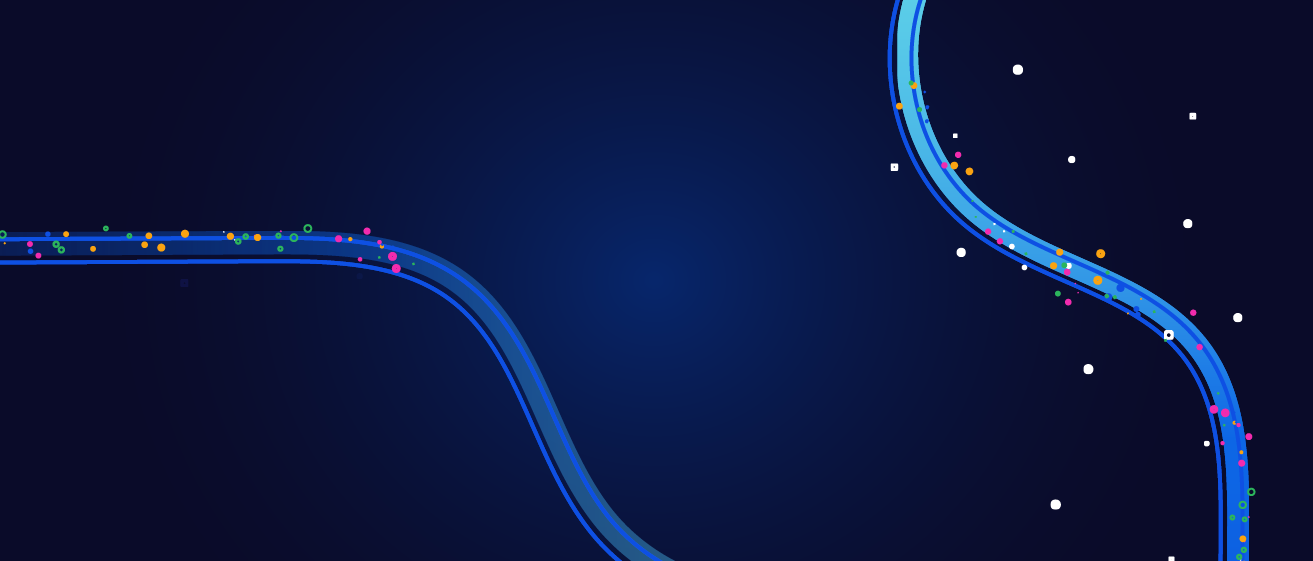How New Relic drives higher retention with automated personalization


Andrew Slate
Content Marketing Associate
Brie Wolf, Lifecycle Marketing Program Manager at New Relic, discusses how she tailors onboarding programs for different customer segments.
Research shows that companies that use personalization to help their customers drive 16% more purchases, repurchases, and order sizes. However, only 12% of buyers are satisfied with current personalization efforts, which presents a huge opportunity for savvy growth and lifecycle marketers to both acquire new customers and grow existing accounts. In this post, Brie Wolf, Lifecycle Marketing Manager at New Relic shares how she uses low-code automation technology to expand her technical capabilities as a marketer and craft personalized onboarding programs that prevent churn and deliver a standout customer experience.
Designing a standout onboarding experience at New Relic
At observability leader New Relic, Wolf is responsible for coordinating nurture campaigns that span the entire customer journey. With thousands of customers, the company has attracted a variety of businesses and users, from developers to operations leaders at some of the world’s largest enterprises to the hottest up-and-coming start-ups.
With so many user segments to support, New Relic faced a critical challenge: Effectively triaging the customer support team’s limited time and resources to prioritize high-value accounts while delivering a positive experience for customers of all sizes.
To provide a custom experience for a variety of customers, the team at New Relic designed an automated self-service trial and onboarding program using a General Automation Platform (GAP), a low-code platform for integrating multiple SaaS systems. In a GAP, the team created a workflow (a single automated process) that collects insights housed in systems throughout its tech stack (like Segment, Intercom, and Salesforce) and uses customer behavior data to deliver personalized onboarding programs to customers of differing personas across a variety of lifecycle stages. The team’s initial pilot was such a success that it grew beyond small accounts to become the framework for personalized onboarding experiences across all of New Relic’s customer base.
Note: Check out our full case study with New Relic for more details on how it increased open rates 2x and click-through rates by 6x by delivering highly personalized campaigns.
Now, the lifecycle marketing team is expanding this program with a campaign to serve up intensive training programs to customer segments that do not have a dedicated customer success manager (CSM). In this interview, Wolf explains how New Relic drives higher engagement, empowers the company's customer success team to be more effective, and how building and maintaining automated processes with GAPs helps marketers like her acquire more technical skills.
Customer Interview: Driving higher engagement with automation
Q: How has automation increased engagement from your nurture campaigns?
A: We started by creating an automated onboarding and trial program that delivers personalized content for our customers. It pulls data from many different sources in our tech stack and uses that data to route customers to specific content that is helpful and relevant. That’s how we can serve more-technical content to our customers that are engineers, for example, or pair managers and executives with training on how to monitor the performance of their software at a high level.
Q: What prompted you to expand the self-service program?
A: This past year, a big focus of our team was identifying pain points for customers who didn’t have an assigned CSM. We had already identified the right segment of our user base with data in our business intelligence tool, Sisense, but we wanted to take action on those insights and deliver a nurture program inside our product that enables those individuals to use the platform more effectively. We call this new program a “Digital CSM” as it offers more-intensive training and resources than a typical automated program, much like one of our own CSMs.
Q: How did you include that self-serve segment in your existing framework?
A: Thankfully, it was pretty easy for us to define additional customer segments in our existing onboarding framework. Inside our workflow, we created a new definition for our self-serve customers. Then, we added logic to route those customers to the Digital CSM variation of our onboarding program, which uses Intercom to deliver a mix of helpful in-product messages and emails.
With this flexible structure in place, we’re already thinking of other ways we can use personalized nurtures to onboard our customers. For example, we can segment employees that have used New Relic in their previous role and deliver quick-start training based on that context.
Q: How do self-service programs support New Relic’s company-wide goals?
A: Beyond the incredible value we’ve already seen from these programs, including driving 2x open rates and 6x click-through rates, additional segmentation and testing can help us offer customers an entirely personal experience with our platform. As our organization expands into more markets, we can easily add nurtures that cover a diverse range of users from different industries and backgrounds.
Additionally, self-service programs have played an essential role in our transition from marketing standalone services to offering a single observability platform. As users with different skillsets onboard in our platform, we want to bring them up to speed at a pace where they feel comfortable and ensure we’re enabling them to be successful in their unique role.
Q: What benefits have you seen from working with automation?
A: A big reason that I originally joined the lifecycle marketing team at New Relic was for the potential to become a more-technical marketer. Low-code tools like the Tray Platform have empowered me to maintain and expand complex integrations that would typically require considerable technical expertise. And in turn, these integrations have provided me with the data needed to power an incredibly granular yet scalable nurture strategy across the entire lead lifecycle.
Q: What does the future of automation at New Relic look like?
A: Right now, we’re looking at using automation to power a global preference center- that is, a single system for managing customer communication preferences across all of our channels. This system would be able to identify the types of content that users want to see and where they want to see it, without requiring us to manually check customer-facing tools and manage unsubscriptions on a case-by-case basis.
An enhanced global preference center will ensure that we’re only engaging customers on their terms and in ways that will best match their habits. Automation has been the catalyst to many of our personalization efforts thus far, and we’re pretty excited at the potential it has to help us deliver a truly world-class customer experience.
Building a better customer experience through automation
If you want to learn more about how New Relic grew their multi-stage engagement campaigns with personalized self-service programs, check out our case study. Alternatively, join our next weekly group demo to discover more of the cutting-edge ways that you can use general automation to train, retain, and expand your customer accounts.